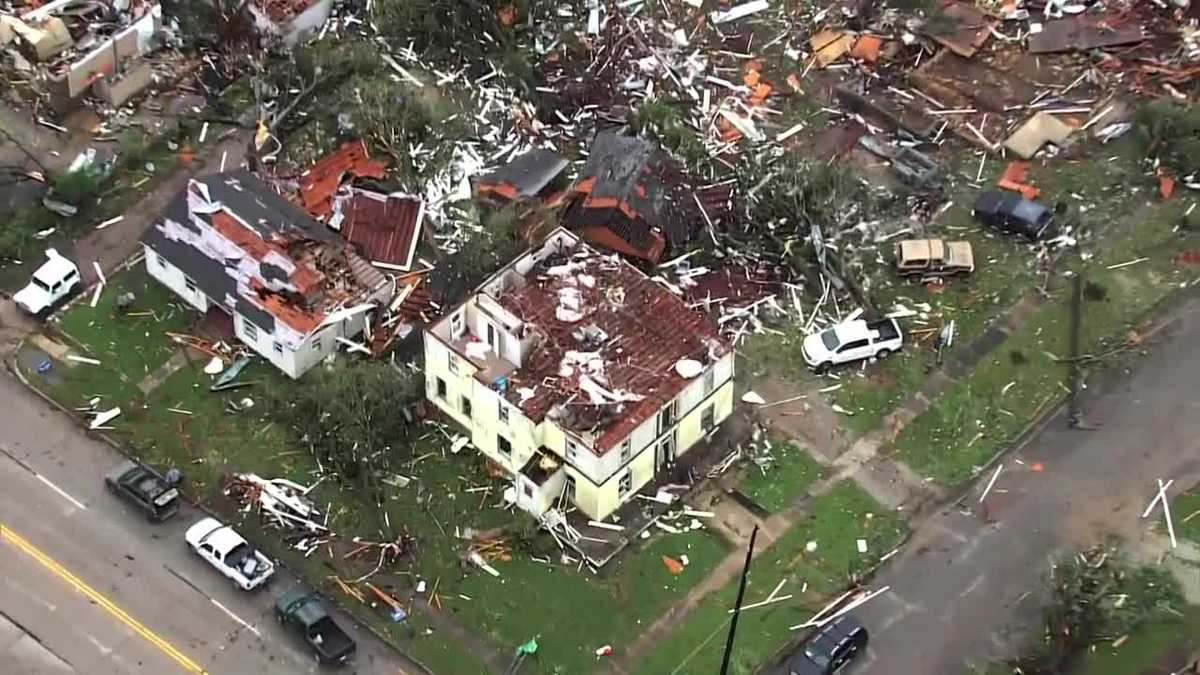
At least two people, including a 4-month-old infant, have lost their lives in the aftermath of a tornado outbreak that hit Oklahoma and Iowa on April 27. The storms caused significant damage to buildings and infrastructure in several areas, with reports of injuries and downed power lines. According to various sources, at least two people were killed in Holdenville, Oklahoma, while no fatalities were reported in Iowa. The extent of the damage is still being assessed by emergency management teams and local authorities.
The tornadoes struck a number of communities in both states, with Holdenville and Sulphur being among the hardest hit areas in Oklahoma. In Iowa, Minden was one of the towns that sustained significant damage. The National Weather Service reported that multiple large and extremely dangerous tornadoes were on the ground simultaneously across parts of Oklahoma.
One person was killed in Hughes County, Oklahoma, according to Hughes County Emergency Management and KOCO News. The infant died after an overnight search following the tornado outbreak. Authorities are still assessing damage and injuries in both states.
The storms caused widespread destruction, with buildings leveled or significantly damaged and flying debris impaling vehicles in some cases. In Holdenville, for instance, significant damage was reported to buildings and infrastructure. The extent of the property damage is not yet clear.
Governors of Nebraska and Iowa toured the damage on April 28 and arranged for assistance from federal authorities. Emergency management teams are working to assess the extent of the damage and provide aid to those affected by the tornadoes.
The tornado outbreak was part of a larger severe weather system that threatened parts of Missouri, Texas, Kansas City metropolitan area, Dallas, Austin and Oklahoma City with heavy rainfall, large hail and more tornadoes. The National Weather Service urged residents in these areas to take cover as the threat continued.
The cause of the tornado outbreak is not yet clear. However, scientists have noted that warmer temperatures and moisture in the atmosphere can contribute to severe weather conditions.


